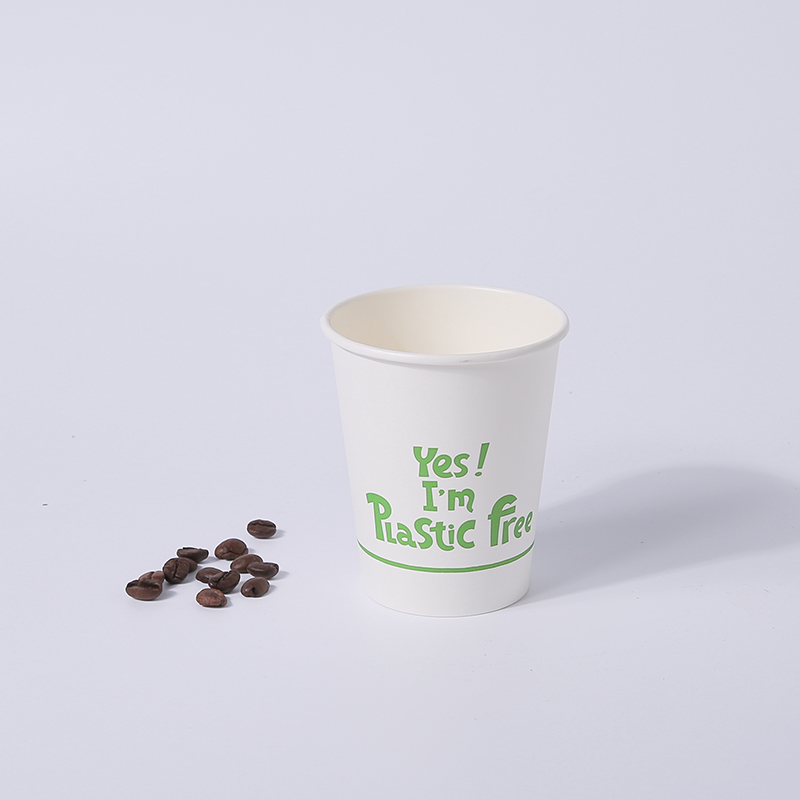
Plastic free cups have emerged as a colorful, planet-friendly alternative to single-use plastic cups, redefining how we enjoy beverages while reducing environmental harm. Their “vibrancy” shines through in diverse materials, designs, and functionalities—proving that sustainability doesn’t have to mean sacrificing convenience or style. As global awareness of plastic pollution grows, these cups have become a staple in cafes, homes, offices, and events, offering a simple yet impactful way to embrace eco-conscious living.
At the heart of Plastic free cups’ appeal is their role in combating plastic waste. Single-use plastic cups are one of the most ubiquitous pollutants, clogging landfills, polluting oceans, and harming wildlife—with many taking centuries to decompose. Plastic-free alternatives, by contrast, are crafted from renewable, biodegradable, or reusable materials that minimize environmental footprint. Common options include paper cups lined with plant-based wax (instead of plastic), bamboo cups, stainless steel tumblers, glass mugs, and ceramic vessels. Each material brings unique benefits, from the lightweight portability of paper to the durability of stainless steel, catering to different needs and preferences.
Reusable plastic free cups stand out for their long-term sustainability. Made from materials like stainless steel, glass, or BPA-free silicone, these cups can be used hundreds of times, replacing thousands of single-use plastic cups over their lifespan. Many feature leak-proof lids, insulation to keep drinks hot or cold, and sleek designs that make them ideal for on-the-go use—whether commuting to work, hiking, or running errands. Disposable plastic-free cups, such as those made from recycled paper or sugarcane fiber, offer a convenient option for events or situations where reusables aren’t practical, as they break down naturally in compost or landfill without releasing harmful toxins.
Beyond environmental benefits, plastic free cups offer practical advantages for users. Insulated stainless steel or glass cups maintain beverage temperature longer than plastic, keeping coffee hot for hours or smoothies cold on a warm day. Paper and bamboo cups are lightweight and biodegradable, making them easy to transport and dispose of responsibly. Ceramic and glass cups provide a clean, neutral taste, ensuring beverages aren’t tainted by the chemical flavors sometimes associated with plastic. Additionally, many plastic-free cups are dishwasher-safe or easy to clean by hand, adding to their convenience.

The versatility of plastic free cups extends across countless settings. Cafes and coffee shops increasingly offer discounts to customers who bring their own reusable cups, encouraging sustainable habits. Offices and workplaces are swapping plastic cups for ceramic mugs or stainless steel tumblers to reduce waste in break rooms. Events like festivals, concerts, and conferences are adopting disposable plastic-free cups—often made from compostable materials—to minimize their environmental impact. Even in homes, families are choosing plastic-free options for daily use, teaching children about sustainability while reducing household waste.
When selecting a plastic-free cup, several factors should be considered. For on-the-go use, leak-proof lids and insulation are key features. Those prioritizing durability may opt for stainless steel or ceramic, while those seeking disposability should choose compostable materials like sugarcane fiber or recycled paper. Size matters too—from small espresso cups to large travel tumblers, there’s a plastic-free option for every beverage. It’s also important to check for certifications, such as compostability labels or BPA-free claims, to ensure the cup meets environmental and safety standards.
The rise of plastic free cups is part of a broader shift toward sustainable living, driven by consumer demand and global efforts to reduce plastic pollution. Governments and organizations worldwide are implementing bans or restrictions on single-use plastics, further boosting the adoption of plastic-free alternatives. As manufacturing techniques improve, plastic-free cups are becoming more affordable, accessible, and innovative—with new materials and designs constantly emerging to meet evolving needs.


